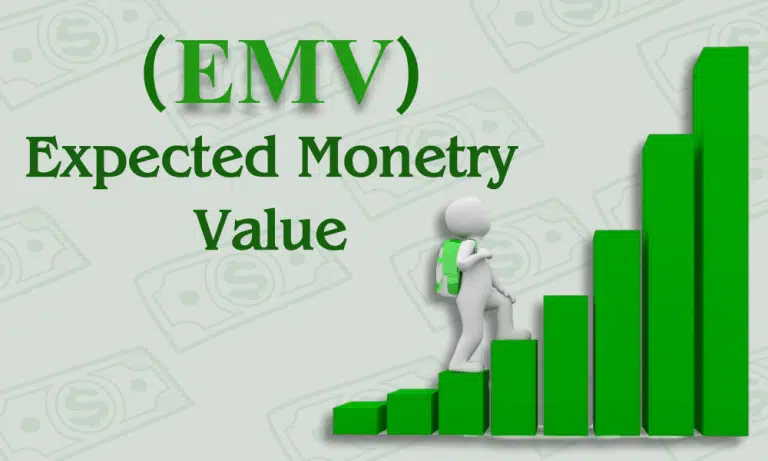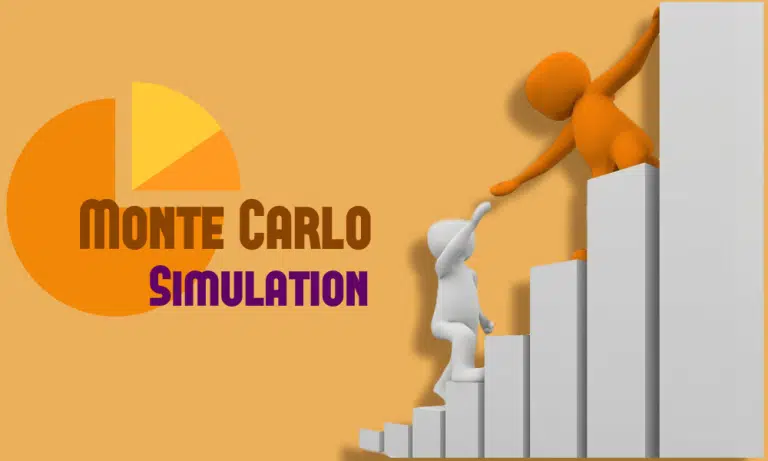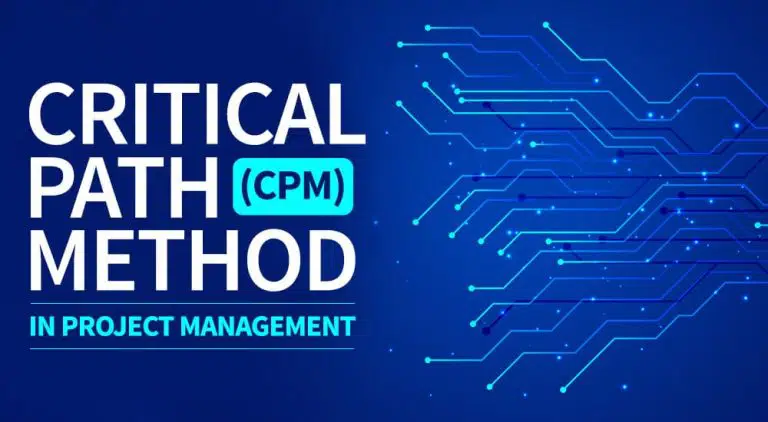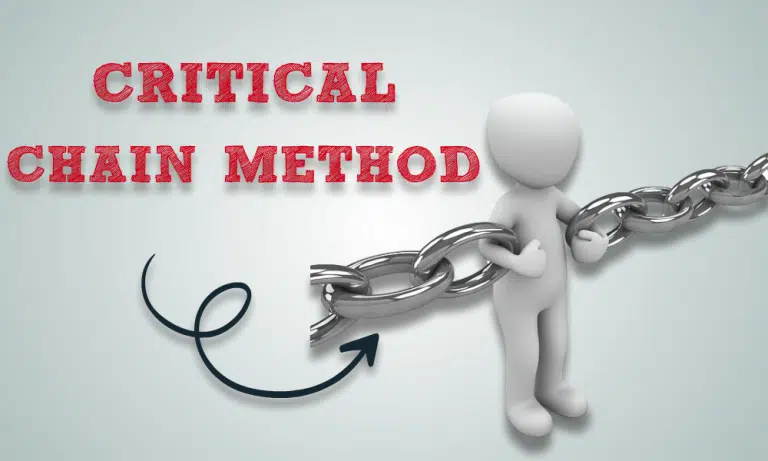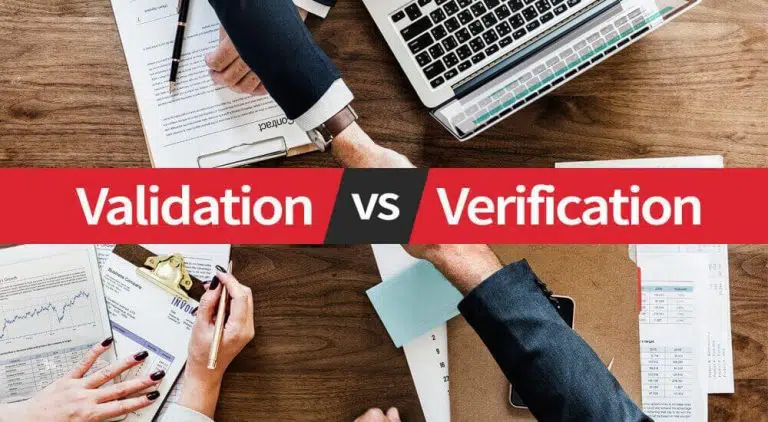Expected Monetary Value (EMV): A Guide With Examples
Expected Monetary Value (EMV) is an integral part of risk management and used in the Perform Quantitative Risks Analysis process.
This technique involves mathematical calculations, and that is why many PMP aspirants ignore this concept. This is an important concept and I would not recommend you avoid it. Read this blog post and follow the examples. I believe it will help you understand the concept.
This is a straightforward concept and involves basic calculations. Once you understand the concept, solving questions will be easy for you.

